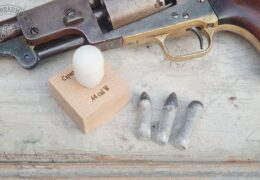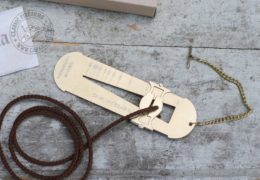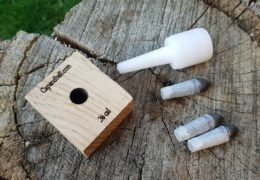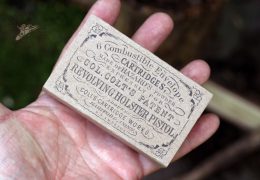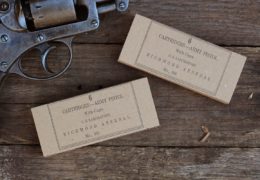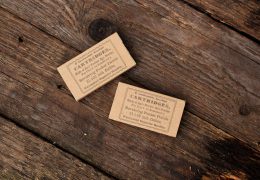The Swiss Feldstutzer – Part 5: Terminal ballistics of the Buholzer cartridge

I have been shooting bullets fired from historical rifles into ballistic gelatine for many years now but I still will not consider my “terminal ballistic test shootings” scientifically accurate. Terminal ballistics is about describing the behaviour in the transfer of energy when it is impacting the target. Understanding the wound ballistics takes much more than measuring the penetration of the bullet and trying to describe the size and form of the cavity to each other. I have several reasons for not calling this part of my Feldstutzer project anything like experimental archaeology:
1st To have proper statistics behind the value you have to fire at least 5 shots into the same substance from the same distance
2nd We can be a 100% sure that my 60 cm long ballistic gelatine block mixed from 10 litres of hot water and 3 kg of natural edible gelatine does not replicate perfectly the human tissues.
3rd As far I have been carrying out this shootings my test distance was 50 m, which is lower than the usual tactical distance of a rifle.
Let’s see what happens when the bullet hits the target. First it cuts an entrance wound as it enters the tissue. When the bullet is travelling further the tissue tries to absorb the kinetic energy of the bullet. As the energy stretches the substance beyond its elasticity disruptions and cuts are created following the central cavity. The better the energy transfer is, the larger these waves of cuts are. The larger this area is the faster the loss of blood will be. The size of the exit wound is also important, as the larger the entrance and exit wounds are the faster the loss of blood will be. The permanent damage or primary cavity caused by the bullet can be observed in 3 aspects:
- Size of the entrance and exit wounds
- Size and length of the central cavity
- Size and shape of the damage caused by the shock wave to the surrounding tissue
To make the proper measurements I redrew the silhouette of the cavity. These drawings serve as the basis of the comparison. However by examining the primary cavity only will result an incomplete picture. The shock wave of the impacting bullet creates a temporary cavity as well that is only visible through the recording of a high speed camera.
In the past years I carried out the following tests with original firearms, and accurately replicated historical service cartridges:
- 18 mm smooth bore matchlock musket with round ball and cut lead bar bullet
- 1842 M Augustin smooth bore tube lock musket with round ball cartridge
- 1854 M Lorenz percussion infantry rifle with compression bullet cartridge
- 1863 M Springfield rifle musket with Minié bullet cartridge
- 1841 M Dreyse needle-fire rifle with Langblei bullet cartridge
- 1867 M Werndl rifle with the 1877 M cartridge
- 1873 M Winchester rifle with 44-40 BP cartridge
- 1895 M Mannlicher rifle with original and various field modified 8x50R cartridges
This list offers the possibility of a good comparison. These tests do not result scientific data, but they are a good indication in understanding how the killing effect of the projectiles evolved through the centuries.
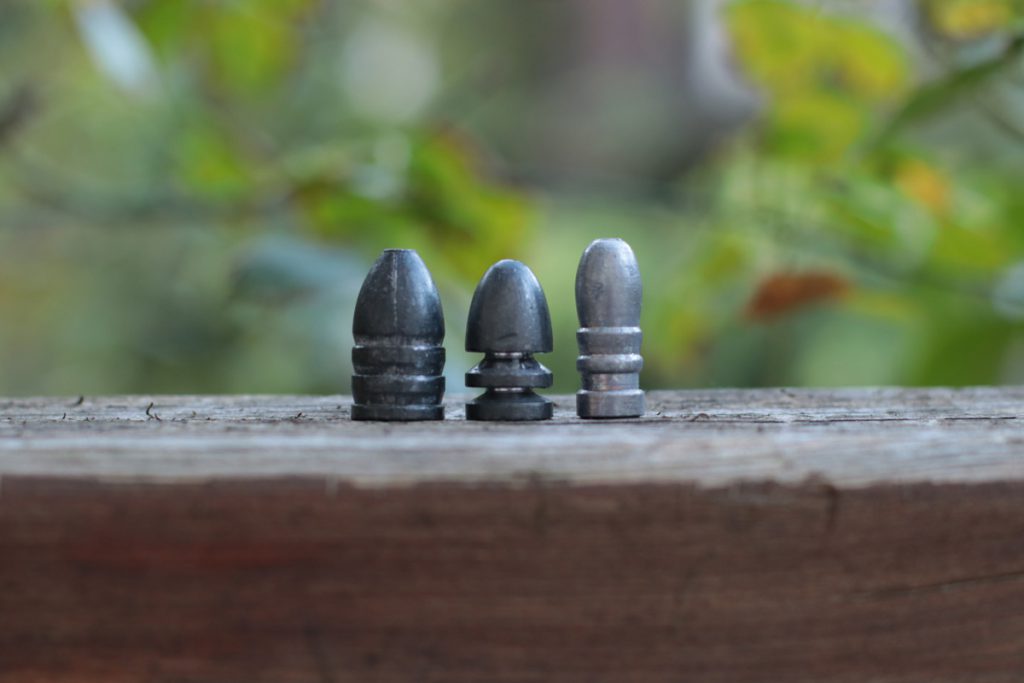
Minié, Lorenz and Buholzer bullets
I compared the 50 m terminal effect of the Buholzer bullet to two other contemporary military rifle bullets: The service cartridge of the U.S. 1863 Springfield rifle-musket and the service cartridge of the 1854 M Lorenz rifle-musket. Summarized results of the test:
| U. S. 1863 Springfield | 1854 M Lorenz | 1851 M Feldstutzer | |
| Bullet weight | 33.05 g | 28 g | 18.25 g |
| Bullet diameter | 14.6 mm | 13.7 mm | 10.2 mm |
| Powder charge | 3.88 g | 4.2 g | 4.1 g |
| Muzzle velocity | 290 m/s | 375 m/s | 450 m/s |
| Kinetic energy at the muzzle | 1385 J | 1973 J | 1823 J |
| Penetration | 38 cm | 45 cm | 60+ cm (exited the block) |
| Entrance / Exit wound diameter | 8 mm / – | 9 mm / – | 7 mm / 8 mm |
| Diameter of damage to the surrounding tissue | 3 cm | 5 cm | 6 cm |
| Length of damage to the surrounding tissue | 22 cm | 28 cm | 50 cm |
Even if the bullet diameter was different in each case it was very hard to measure a difference between the sizes of the three impact holes. This does not necessary mean that we can experience the same in living flesh; it is just an indication of the behaviour of the ballistic gelatine. The only significant visible difference is that the Buholzer bullet had an entrance and exit wound also, that in theory means that the size of the opening on the body is double compared to the other bullets. In fact both the Lorenz and the Minié bullet’s penetration is enough to completely pierce the body even of a large size wild boar,[1] therefore this aspect cannot be considered a real advantage against a single soldier.
The permanent or primary cavity
The examination of the primary cavity tells a lot about the physics of the bullet. It is obvious the less velocity and less kinetic energy will result less damage. A good example is the Minié bullet fired with 1385 J of kinetic energy[2] that cut a 38 cm hole in the gelatine and created an additional 3 cm wide and 22 cm long wave of damage to the surrounding tissue resulting the worst penetration of all bullets tested. The Lorenz and the Buholzer bullet however are capable of nearly the same muzzle energy,[3] therefore they make a good comparison. The smaller diameter Buholzer bullet not only had a much better penetration but its energy transfer was also significantly better. Both the length of the central cavity and the wave of cuts in the surrounding tissue are significantly larger than in the case of the Lorenz bullet. This is showing the clear terminal ballistics advantage of the higher velocity, lighter, smaller diameter bullet.
The recovered bullets
The lead is soft metal capable of extensive deformation upon impacting. The scale of deformity is dependent on the hardness of the target substance. If the bullet hits a hard object like a bone the deformity will be stronger than when it “only” hits soft tissues. The ballistic gelatine I used for the test is only capable of somewhat simulating the soft tissue impact showing again why these ballistic gelatine test result cannot be considered an exact picture about the terminal ballistics. None of the bullets deformed widely. The two recovered bullets kept their original diameter, the bullets did not “mushroom”[4] at all, and also the Buholzer bullet kept its original shape as the exit hole had nearly the same size as the entrance hole. A deforming bullet can increase the energy transfer capabilities of the bullet, increasing the damage it causes to the living body.
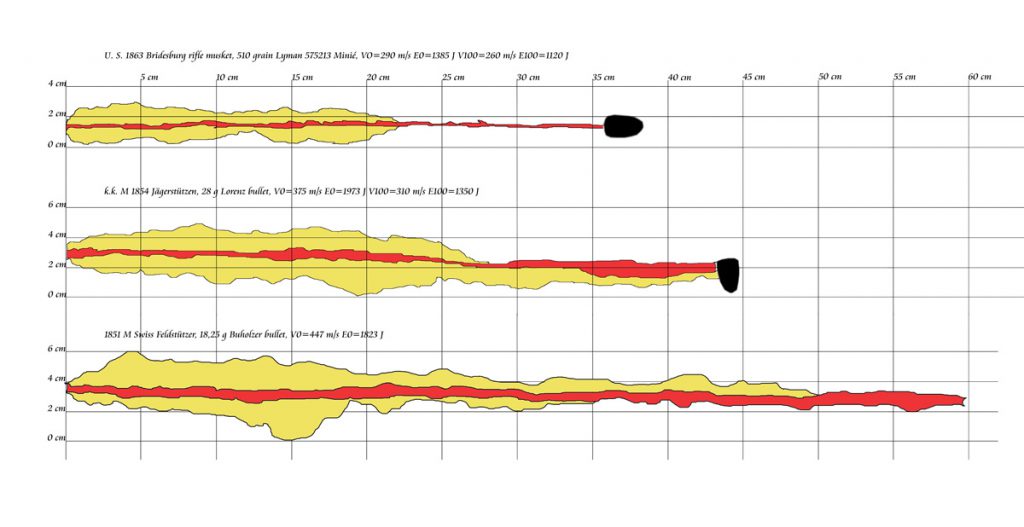
Terminal ballistics performance of the Minié, Lorenz and Buholzer bullets fired into 60 cm ballistic gelatine block at 50m
Overall impressions of the bullet’s terminal performance
The Buholzer cartridge and bullet did clearly outperform is contemporary rivals in my test. The small calibre lighter bullet propelled with nearly the same weight of black powder charge was capable of much more damage and penetration than the Minié or the Lorenz bullet. Cheaper and lighter cartridge, flatter trajectory, more accuracy and better killing power. These 4 aspects make the Feldstutzer and its cartridge the best muzzle loading military rifle of the mid 19th century.
Balázs Németh
Part 1: The Model 1851 Feldstutzer and its impact on rifle development – Part 1
Part 2.: The Swiss Feldstutzer – Part 2: recreating the Model 1851 cartridge
Part 3: The M 1856 and M 1863 cartridges and range tests of the Feldstutzer
Part 4: Shooting the Feldstutzer to 100-300 meters
Part 5: Terminal ballistics of the Buholzer cartridge
[1] The author is a hunter hunting with such historical firearms and did experience the extensive penetration on wild game many times.
[2] Measured at the muzzle
[3] 1973 J, 1823 J
[4] Mushrooming is a common term for describing the strong, mushroom shape deformity of the point of the bullet.


